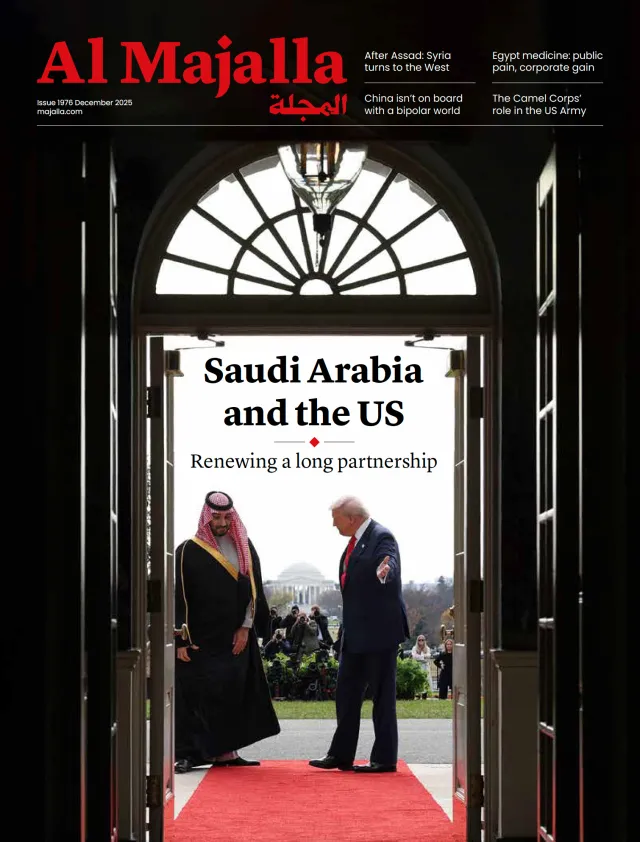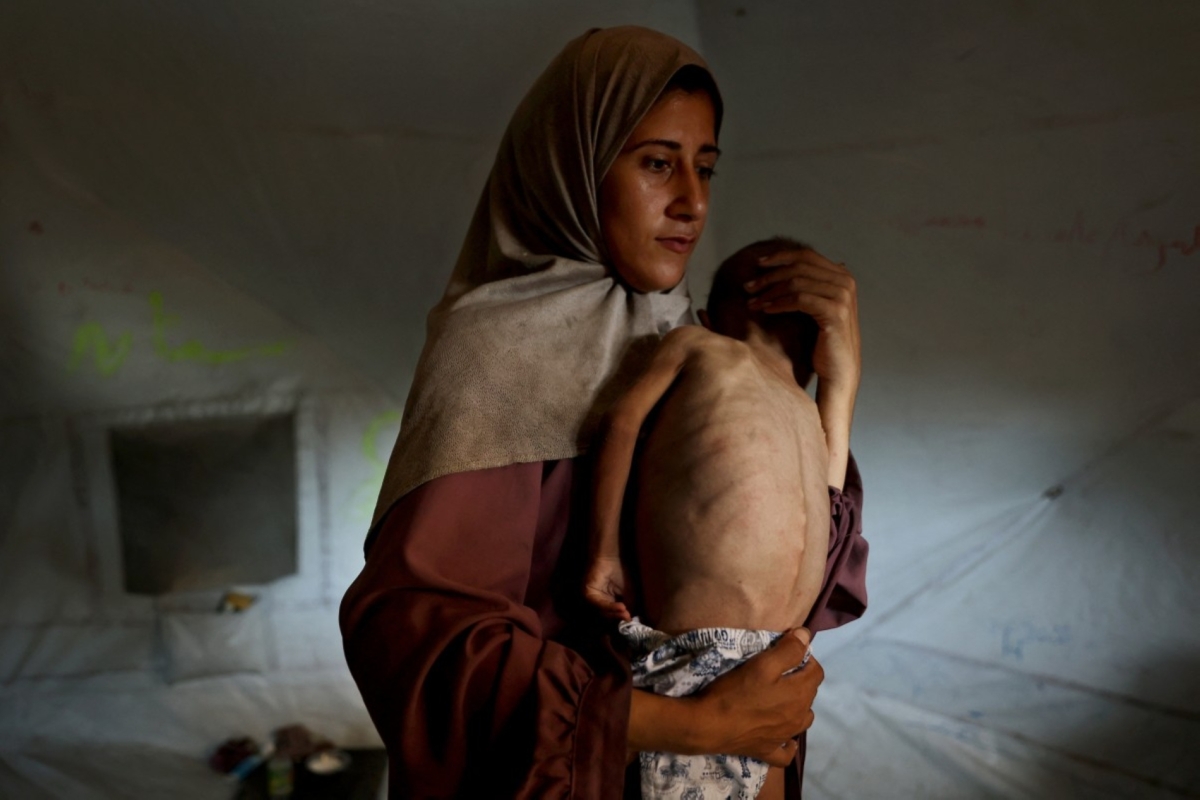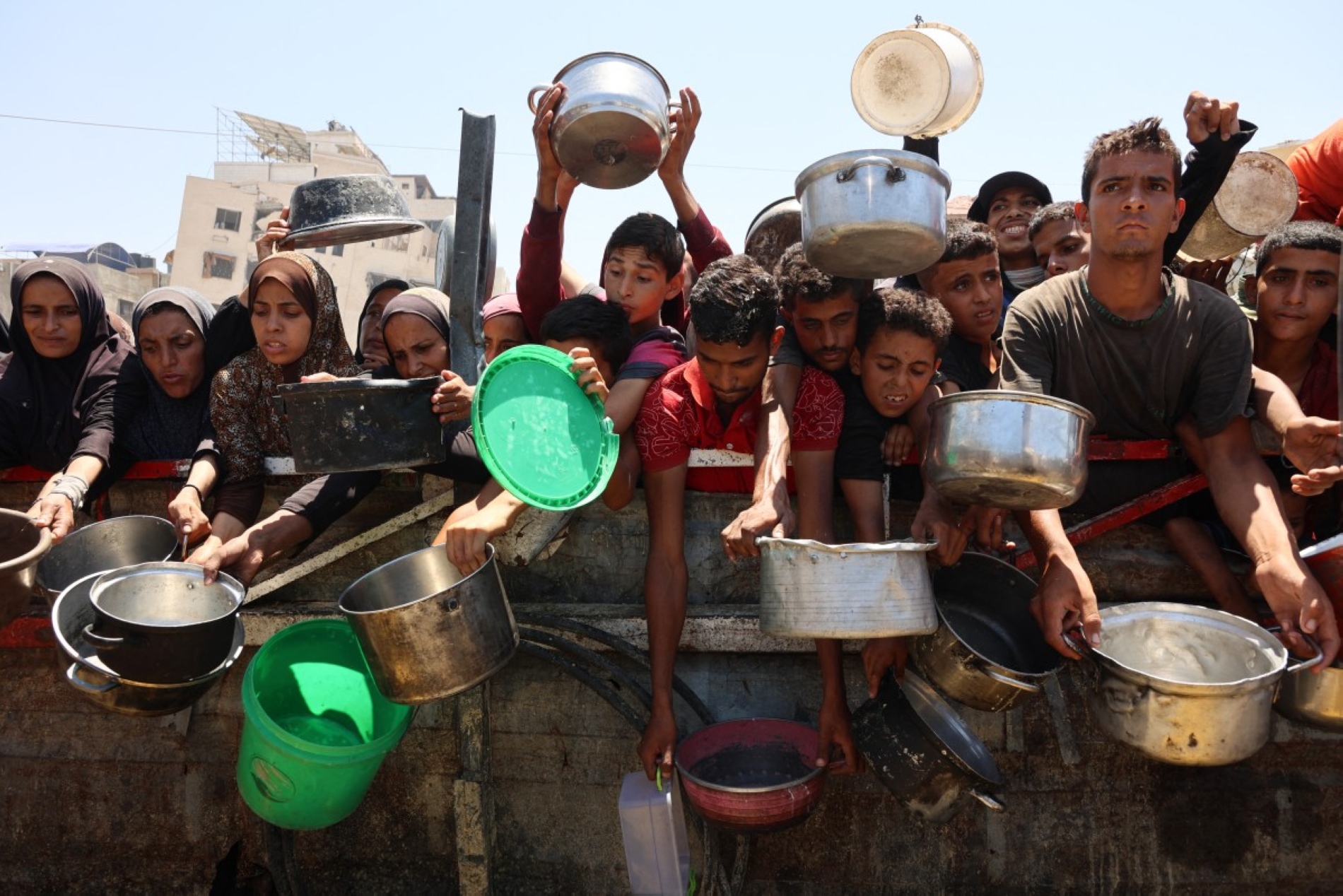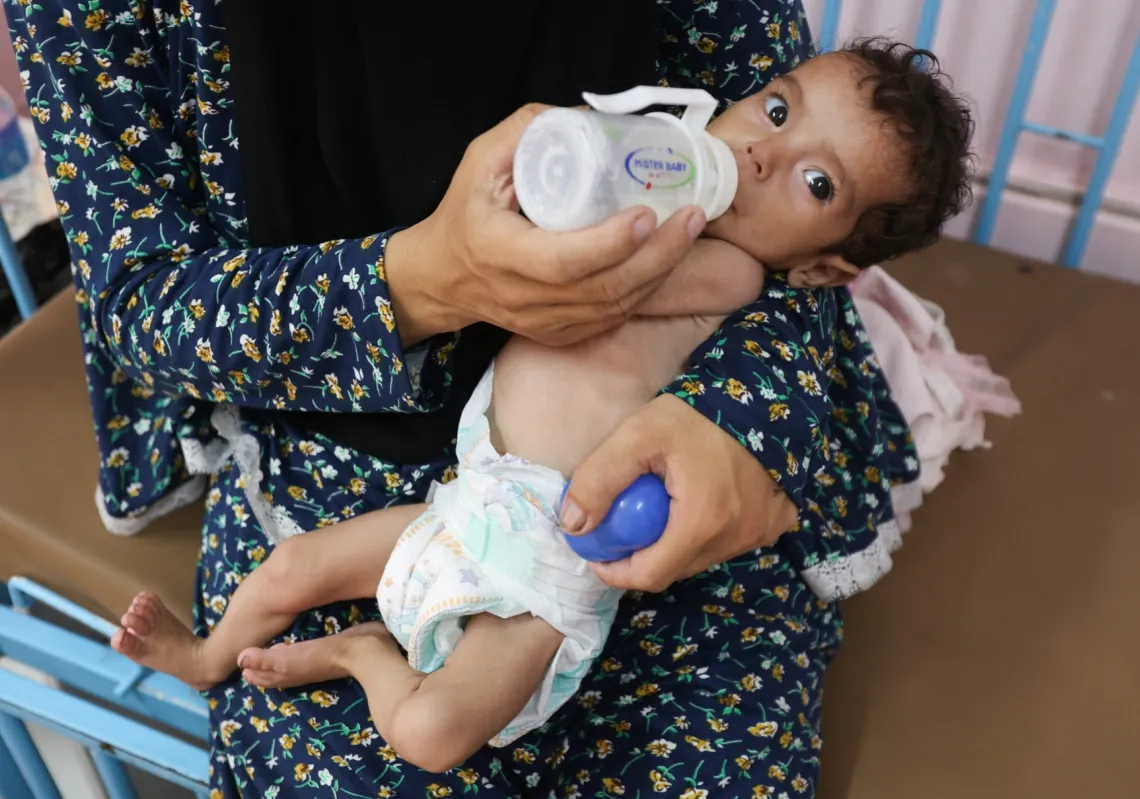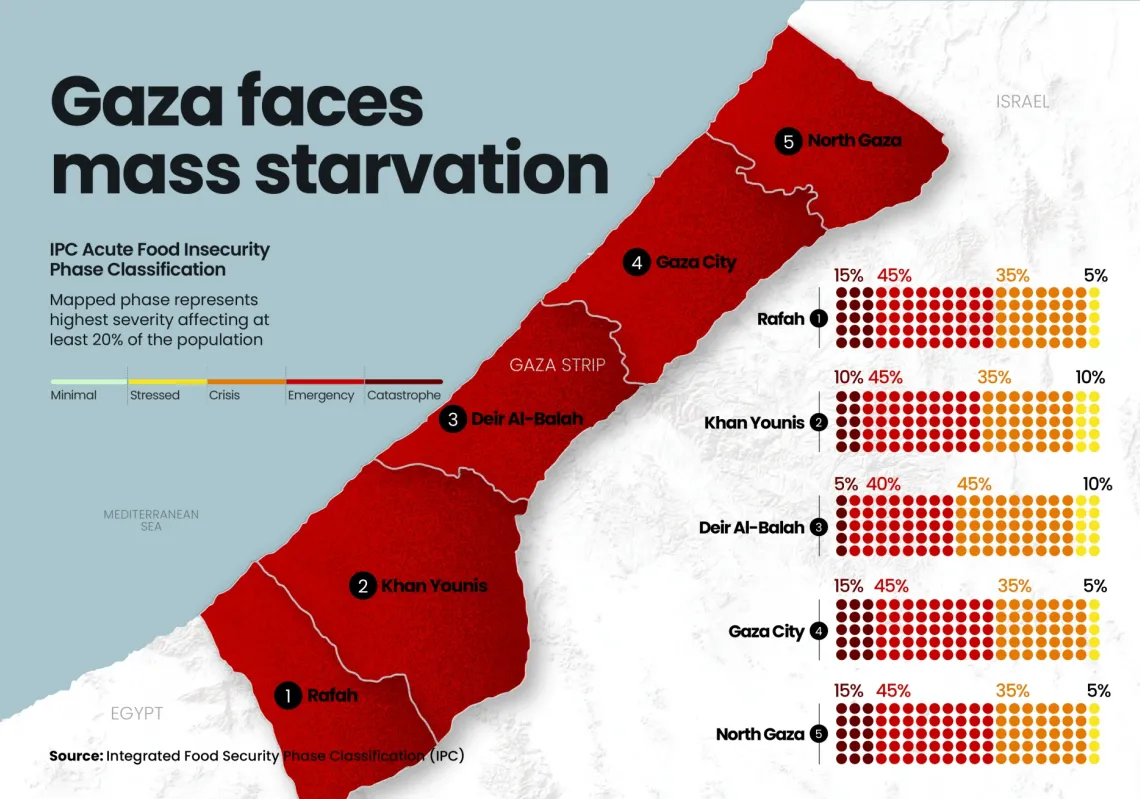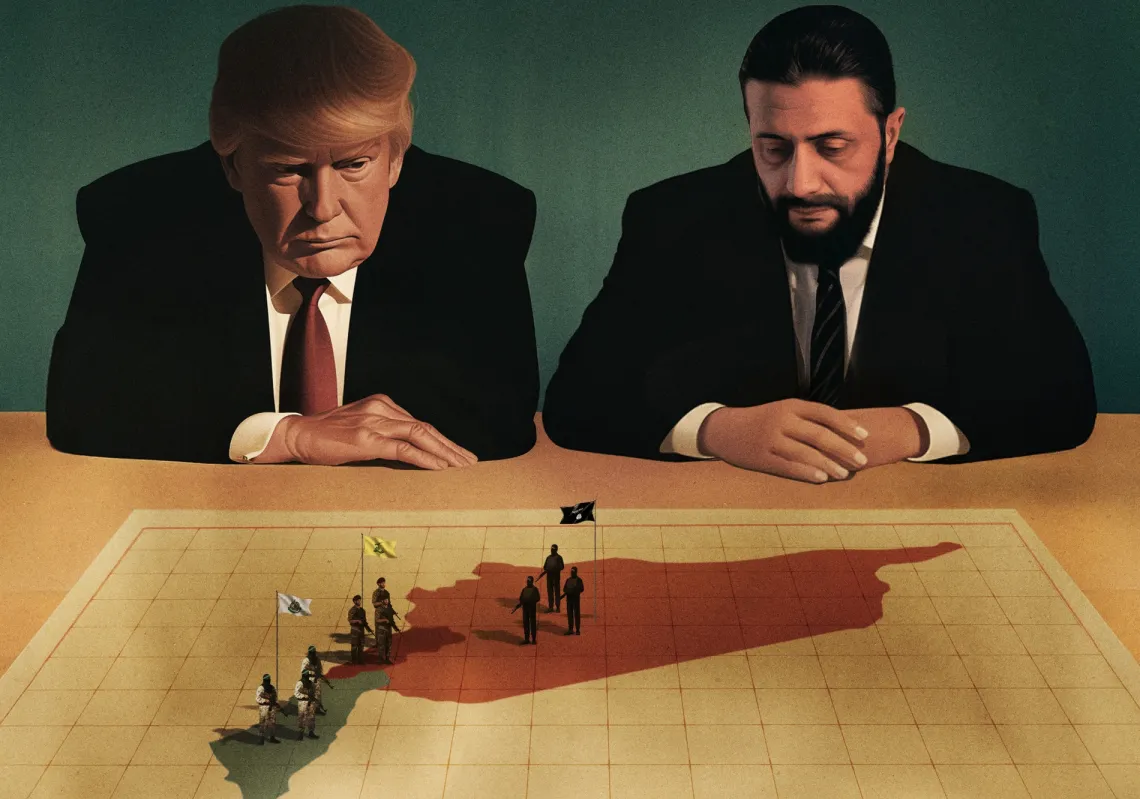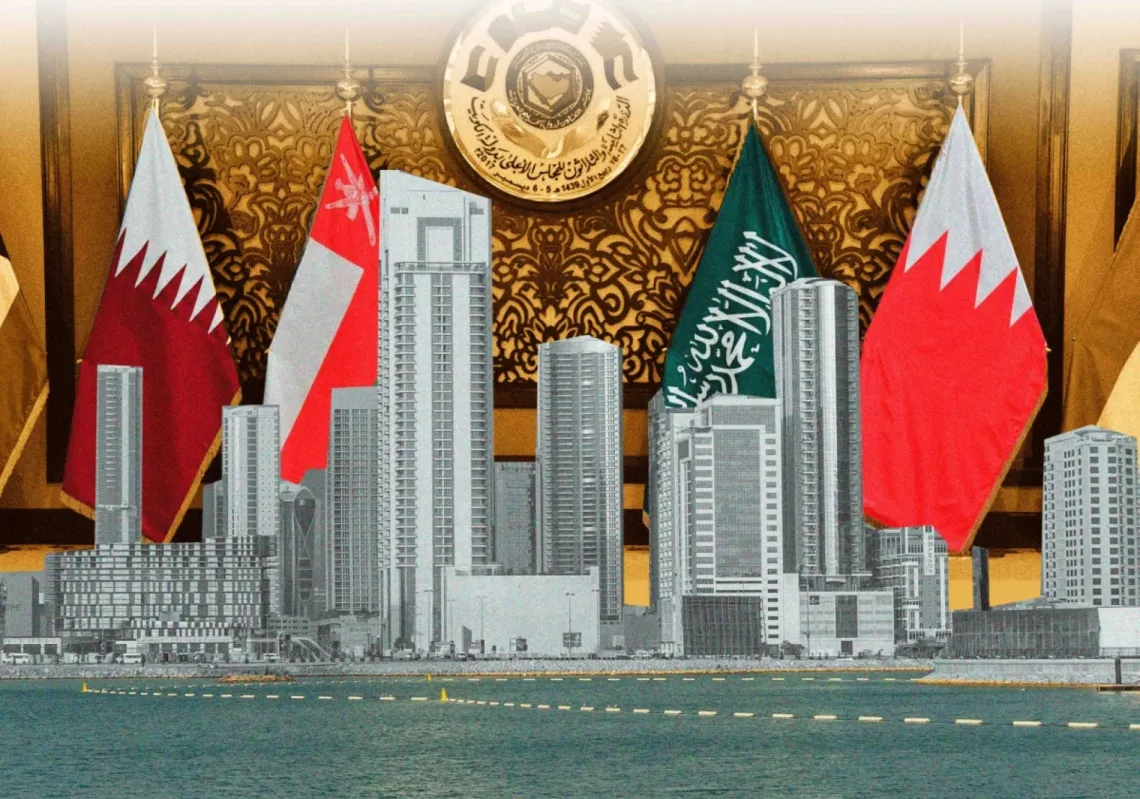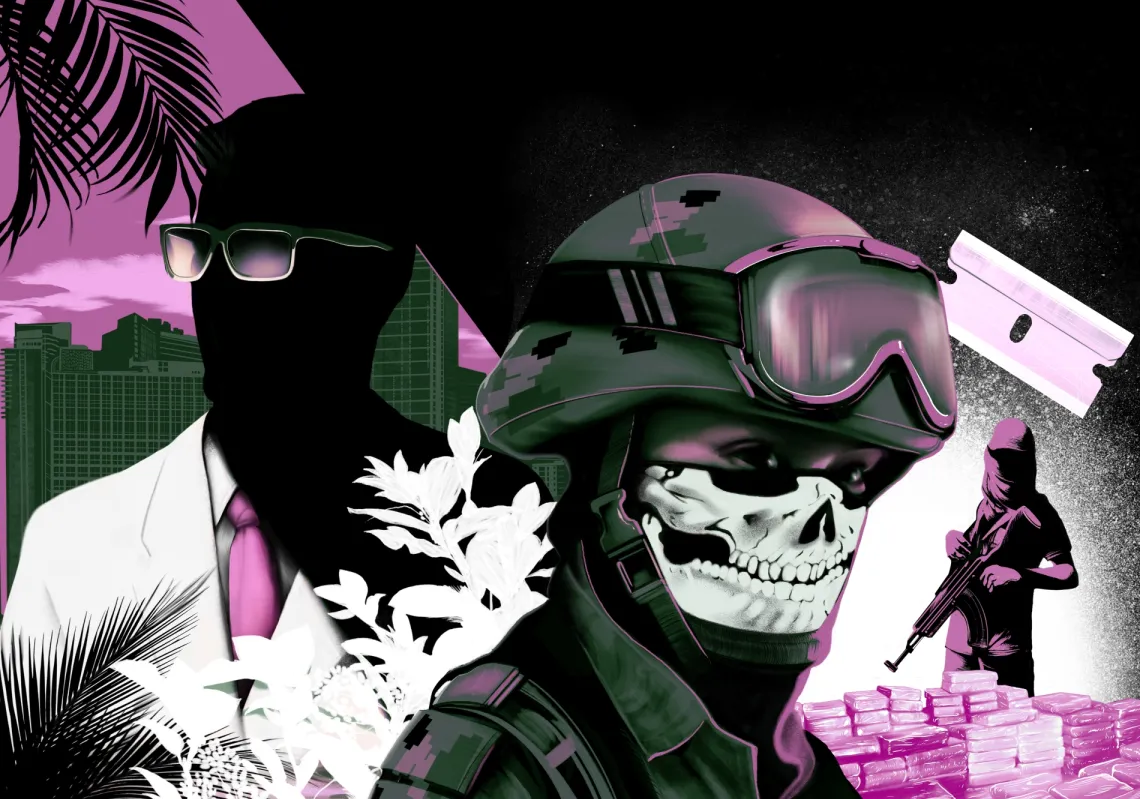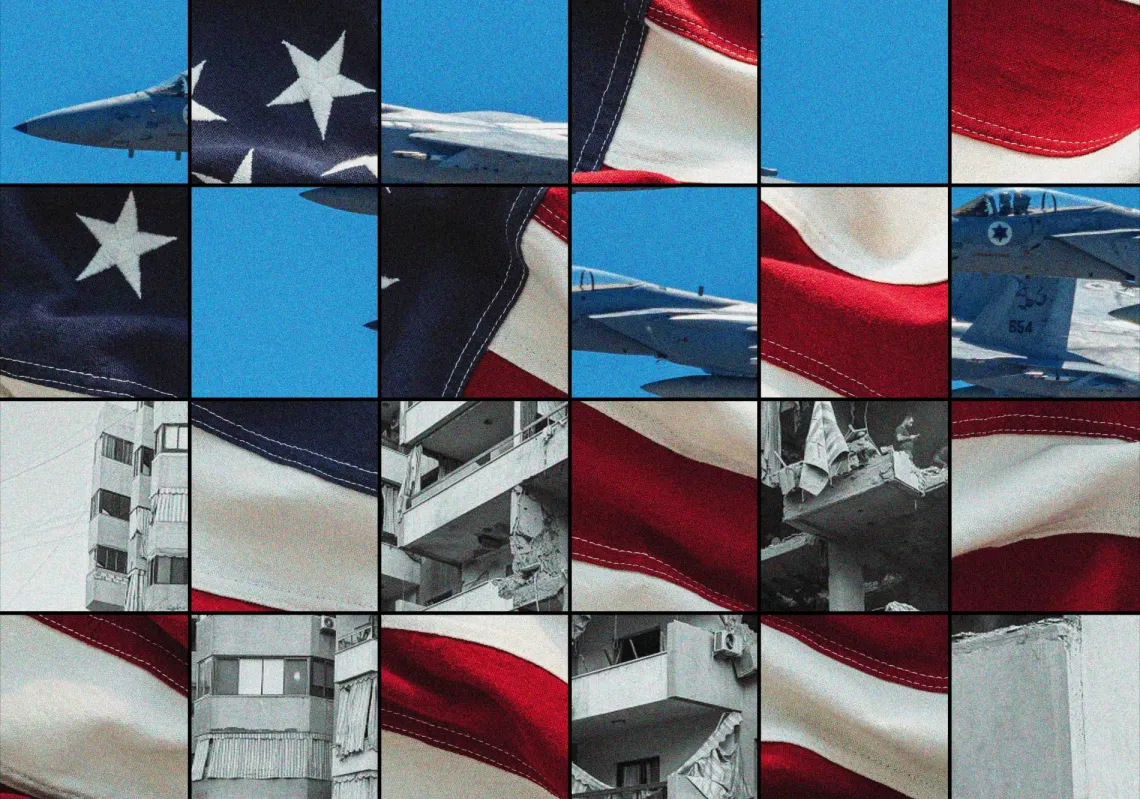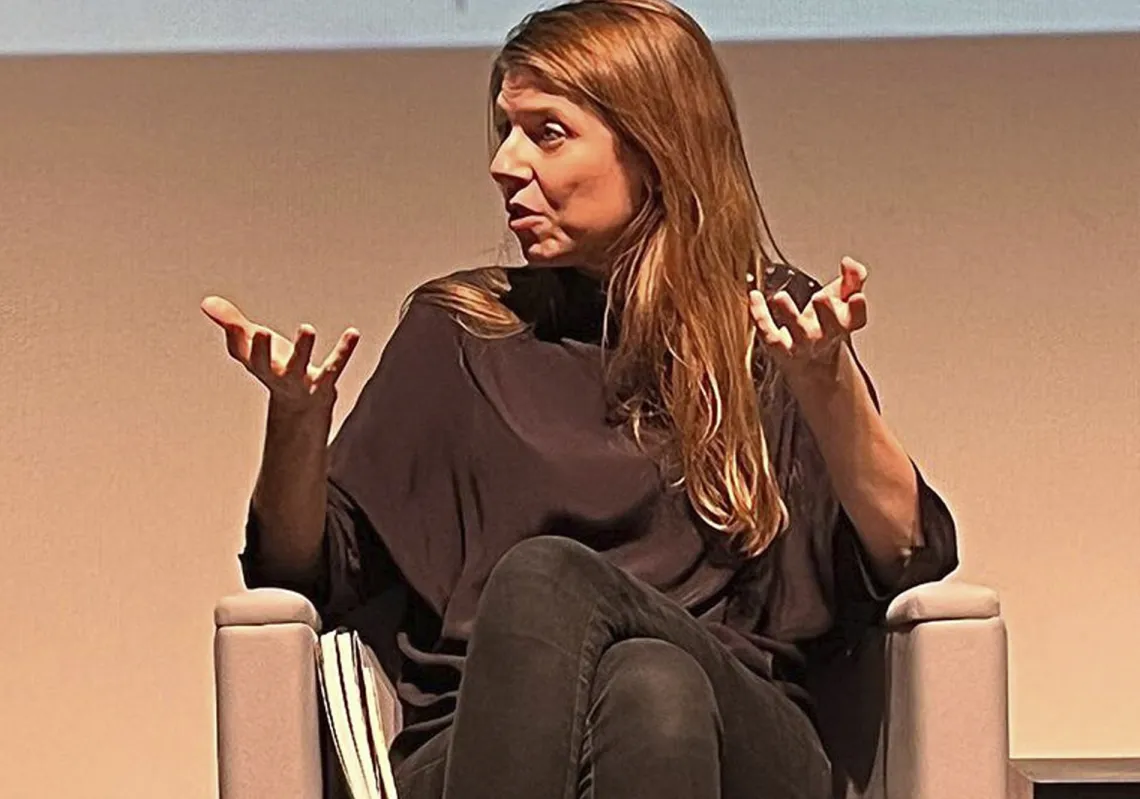In 1922, a year before his death, author Franz Kafka published his now-famous story A Hunger Artist. It tells of a man who makes a spectacle of his own fasting. Confined to a cage, crowds gather to watch him abstain from food for up to 40 days. At first, his act draws viewers, as people flock to see him and marvel at his endurance. But as time passes, interest wanes.
The very idea that this is ‘art’ is soon doubted. He wants to fast beyond the 40 days, but organisers say no, because those who see it now feel a deep unease. Withdrawn from view, he remains caged, but unnoticed. Only at the end does he reveal the truth: he never fasted for fame or money, but simply because no food ever satisfied him.
In Kafka’s parable, the hunger artist remains on display. People are briefly moved but soon forget. When the show loses its appeal, he is discarded, left to die in silence. In Gaza, there is no stage, no 40-day limit, no bell to signal the end. No one eventually says: “Enough.” Hunger in Gaza is neither performance nor art. It is the real contraction of a child’s stomach and the fading light in their eyes.
Of all forms of suffering, hunger is among the most insidious. It is relentless, unbroken torment. Unlike the visible wounds of war, the pain of hunger is hidden—gnawing from within, quietly draining the body of its strength. It reveals itself as death endured in silence. Each pang is a moment of slow unravelling. Since it leaves no blood or scars, it escapes the camera’s gaze. Its quiet violence, dismantling the person from the inside out, is core to its cruelty.
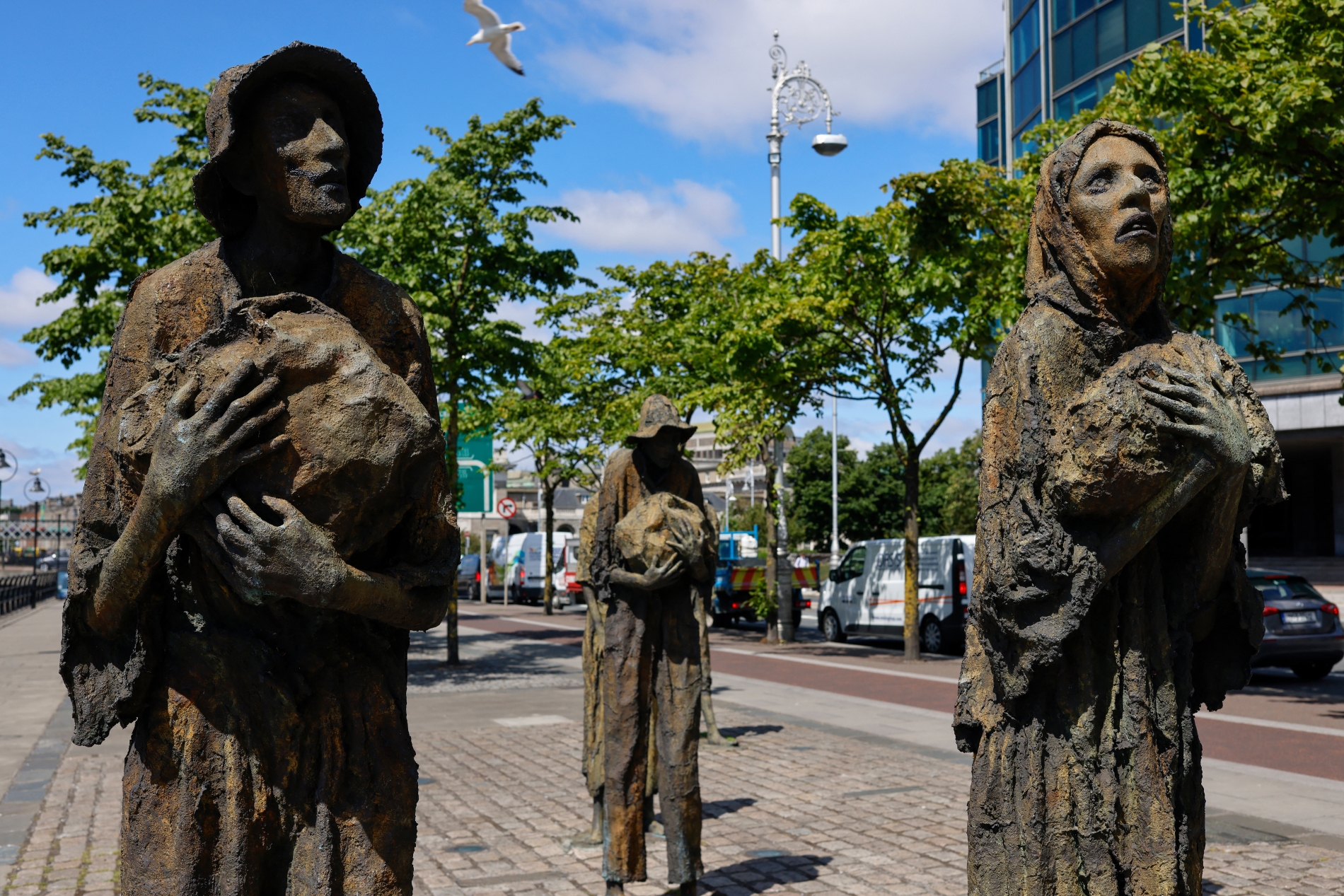
Starvation in history
Throughout history, the worst regimes have understood this and used starvation as a weapon, such as by laying siege to cities by cutting their supply routes. Historians have shown that many of the great famines were not natural disasters, but calculated acts of control. Starvation is seen as an efficient method of extermination because it draws less attention than the overt act of killing. In this light, hunger becomes an instrument of power. It is a form of torture, conducted out in the shadows, the victim suffering invisibly.
Hunger is an extended agony that resists language. Elaine Scarry, in her seminal book The Body in Pain, notes that extreme suffering—such as prolonged hunger—can render a person unable to speak or even think of anything other than food. In this way, hunger deprives people not only of nourishment but of dignity.
Bodily deterioration
If dignity lies in choosing one’s actions and thinking freely, then hunger strips it, because it enslaves its victims to biology. Most people do not know this hunger. Most know it as a passing discomfort. They do not know it as a state of sustained coercion that transforms life into an hourly fight for survival, with trembling hands and hollow stares.
Over the centuries, scientists have struggled to accurately diagnose pain, both its type and intensity. The pain hunger inflicts is not singular or immediate, but layered and continuous. The body deteriorates daily. Energy depletes, organs gradually fail, thought and emotion disintegrate, and faculties of perception and reason erode.
The more one is made to suffer, the more one's strength unravels—until the will to endure, resist, or even survive begins to collapse. Survival is not just the avoidance of death but the preservation of self. Some in Gaza confess to a tension between enduring and abandoning the ethics they were raised with, to wield a knife and attack others to defend their bag of flour.

